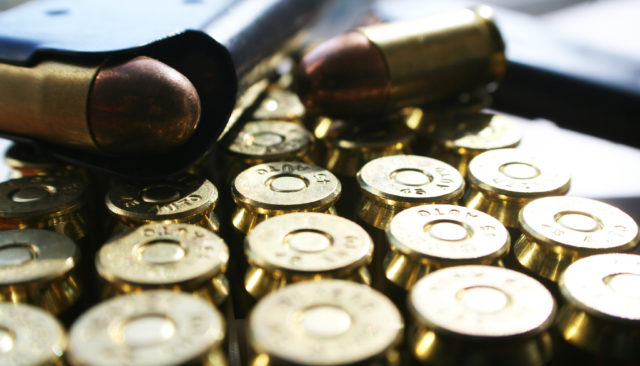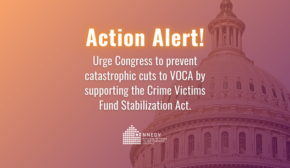One Life Taken is One Life Too Many
November 15, 2017
The National Network to End Domestic Violence (NNEDV) grieves with stricken families in northern California, Texas, and in communities across the country where victims of domestic violence who are murdered (an average of three per day [1]) go unnoticed or unreported.
“I am incensed at this continuous, predictable and senseless violence, and we are heartbroken for the families and communities that continue to suffer this violence,” said Kim Gandy, NNEDV President and CEO.
Every day in the United States victims of domestic violence are killed or severely injured because of domestic violence abusers’ access to firearms. A domestic violence victim is five times more likely to be murdered if the abuser has access to firearms [2], and over 50% of mass shootings also involve an intimate partner or a history of domestic abuse [3]. When abusers have access to firearms, we know the lives of domestic violence victims, their families, and their communities are at risk.
If we want to prevent mass killings, we need to take domestic violence seriously.
Mass murders, domestic violence, and this public health crisis are not inevitable. Advocacy to combat this crisis must be supported by all of us. As a society, we must more effectively act to protect victims and our communities.
“One life taken is one life too many. If we want to prevent mass killings, we need to take domestic violence seriously. NNEDV will continue to advocate for important firearms laws that protect victims of domestic violence, and effective implementation of existing and future laws – but gaps, loopholes, and ongoing inconsistent implementation leave domestic violence victims and all of us dangerously vulnerable. We must pass laws to address this epidemic of firearm violence today,” said Gandy.





